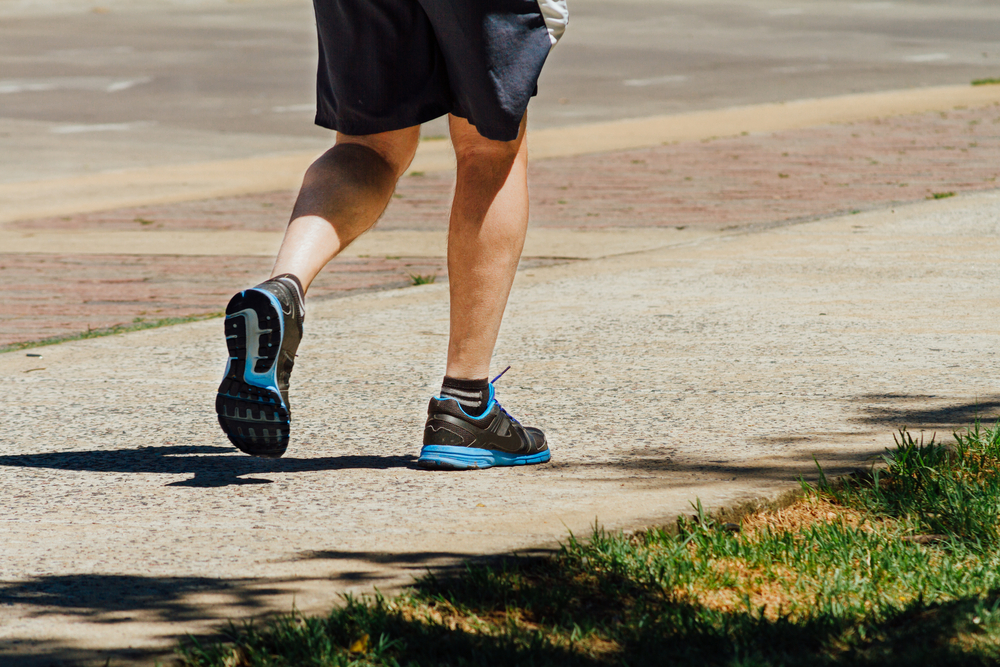Pulmonary Rehab Should Be Among ‘First Line’ Therapies for IPF and Other Lung Diseases, Study Argues

Pulmonary rehabilitation programs can significantly improve exercise ability, breathing, and overall quality of life in patients with pulmonary diseases, including idiopathic pulmonary fibrosis (IPF), and should be considered as “a first line therapy” for these people, researchers report.
Indeed, the study “Effectiveness of pulmonary rehabilitation in patients with interstitial lung disease of different etiology: a multicenter prospective study,” published in the journal BMC Pulmonary Medicine, viewed the benefits of such programs considerable for people with lung fibrosis and independent of disease severity.
Progressive fibrosis and chronic lung inflammation alters both structure and function of lung tissue. Patients often experience shortness of breath, tiredness, and muscle fatigue, all symptoms that severely impact their daily life activities and health-related quality of live (HRQoL).
Managing respiratory symptoms is critical for patients with pulmonary diseases, and pulmonary rehabilitation programs are one way of possibly achieving this goal.
Pulmonary rehabilitation programs are based on tailored and supervised training in breathing techniques, and educational sessions to promote self-management of symptoms and physical activity. Such programs are known to ease both respiratory and non-respiratory symptoms — but evidence that they can promote meaningful clinical improvements in IFP patients is lacking, as is their potential impact on disease severity.
A research team at University of Modena Reggio Emilia, in Italy, evaluated the therapeutic benefit of standard pulmonary rehabilitation program in 41 patients with pulmonary diseases, including 26 people with IPF. Each underwent at least 24 rehabilitation training sessions, lasting at least three hours for six days a week. Weekly programs consisted of aerobic and weight training (endurance exercises), two 30-minute breathing technique sessions, and three group education sessions.
Overall, all patients were seen to benefit from a pulmonary rehabilitation program delivered by teams at specialized centers. Improvements were seen in exercise capacity and in disease symptoms that included shortness of breath and leg fatigue.
Quality of live and chronic breathing problems also significantly improved after the program completion, independently of disease severity or disease type (IPF or non-IPF).
In particular, the team observed that both IPF and non-IPF patients who showed a poorer physical capacity at the study’s start (determined by the 6-minute walking test) were more likely to benefit from pulmonary rehabilitation in terms of exercise performance and HRQoL.
“There is a growing body of evidence to support pulmonary rehabilitation as a fundamental treatment for patients with lung fibrosis that should be early referred to tailored exercise programs,” the researchers wrote.
Indeed, they suggest that “pulmonary rehabilitation should be a first line therapy for managing symptomatic patients with ILD [interstitial lung disease] of different nature and mild to moderate severity.”






